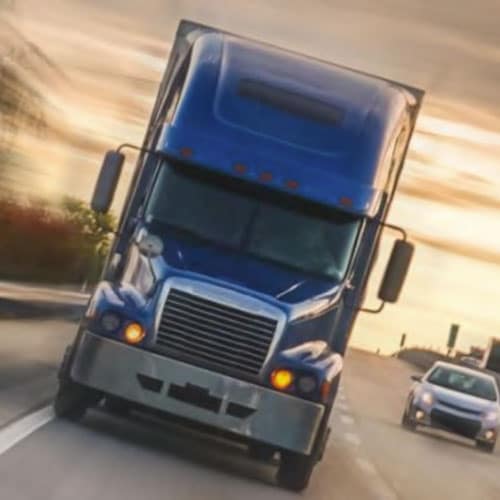A new heavy-duty truck engine rule is getting mixed reactions from truckers with, some contending it will have the opposite of the intended effect of getting older trucks off the road.
The Environmental Protection Agency called the final rule “the strongest-ever national clean air standards to cut smog- and soot-forming emissions from heavy-duty trucks.”
Beginning with model year (MY) 2027, the new numeric NOx standards are said to be the first update to clean air standards for heavy and medium duty trucks in more than 20 years, according to EPA, also are said to be more than 80% stronger than current standards.
“EPA is taking significant action to protect public health, especially the health of 72 million people living near truck freight routes in America, including our most vulnerable populations in historically overburdened communities,” said EPA Administrator Michael S. Regan.
He stressed that this is only the latest step for the agency’s Clean Trucks Plan, which is intended to create a zero-emission future. That three-year plan was adopted in 2021 by the EPA to reduce greenhouse gas (GHG) emissions and other harmful air pollutants from heavy-duty trucks through a series of rulemakings.
The plan also calls for setting “Phase 3” GHG standards for heavy-duty vehicles beginning as soon as MY 2030 that are intended to be significantly stronger than the MY 2027 GHG standards. as well as the proposed multipollutant standards for light- and medium-duty vehicles starting in MY 2027.
Some of the legislation passed by Congress after the Clean Trucks Plan was announced will help bolster it, Regan said.
“These rigorous standards, coupled with historic investments from the Inflation Reduction Act and the Bipartisan Infrastructure Law, will accelerate President Biden’s ambitious agenda to overhaul the nation’s trucking fleet, deliver cleaner air and protect people and the planet,” the EPA director declared.
The legislation allows EPA to offer truck owners subsidies that will support deployment of the new technology. It also expandd access to clean school and transit buses, and training workers to install and maintain charging infrastructure.
The Inflation Reduction Act invests $1 billion to replace dirty heavy-duty vehicles with clean, zero-emission vehicles, support zero-emission vehicle infrastructure, and to train and develop workers.
EPA also said it will be distributing this $1 billion in funding for clean heavy-duty vehicles between last year and 2031, of which $400 million will be going to communities in nonattainment areas.
The Truck and Engine Manufacturers Association (EMA) pledged to work cooperatively with EPA to ensure a smooth transition to the new standards, according to President Jed R. Mandel.
“Our members are fully committed to working with the EPA and other stakeholders for its successful implementation. Ultimately, the success or failure of this rule hinges on the willingness and ability of trucking fleets to invest in the new technology to replace their older, higher-emitting vehicles.”
He added, “EMA and its members are committed to achieving a zero-emission future, and we look forward to serving as constructive partners in implementation of EPA’s Clean Trucks Plan.”
Allen Schaeffer, Executive Director of the Diesel Technology Forum, observed, “The rule establishes many new challenges for manufacturers and suppliers but also ensures diesel’s place in the future for trucking.”
The current generation new diesel trucks are more fuel-efficient and emit less than 1/60th the emissions of 2000 models, he noted. They’re already near zero emission for both oxides of nitrogen (NOx) and particulate matter. Of all trucks in operation, 53% are of this newest generation, a number that has steadily grown since 2010.
Those expected to buy the new engines don’t look on the rule quite so favorably, especially because it seems to clash with higher emissions standards set by the California Air Resources Board, something that is predicted to sow confusion.
American Trucking Associations President Chris Spear insisted, that, “ATA remains extremely concerned over the potential growth of state patchworks of NOx emission standards that will create havoc for an industry that operates across local state and international boundaries. We hope EPA and CARB will ultimately agree to a uniform, single standard that best achieves our nation’s environmental goals.”
Todd Spencer, president the Owner-Operator Independent Drivers Association, pointed out that consumers will pay for the inevitable cost increase. “We’ve seen since the start of the pandemic the efforts truckers are making on a daily basis to keep the supply chain stable, Higher prices on the small business side are going to get passed down to consumers in the supply chain.”



